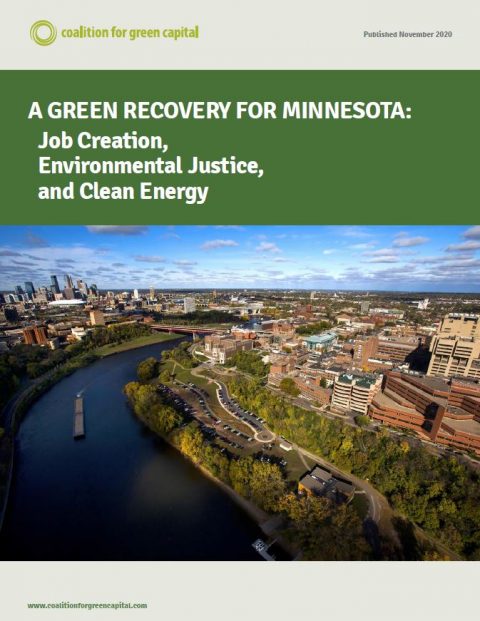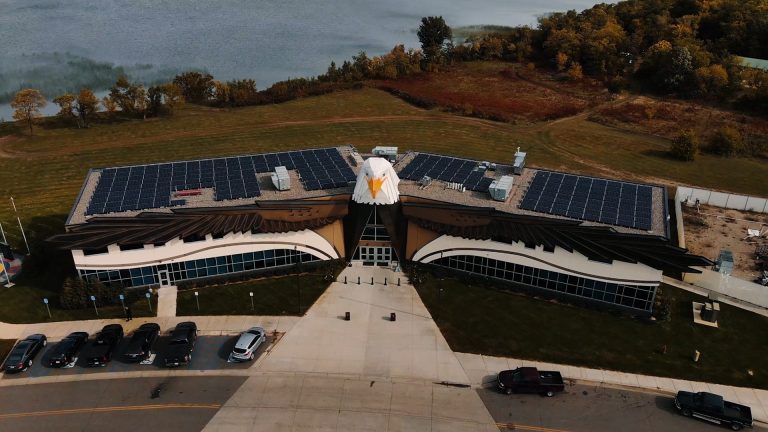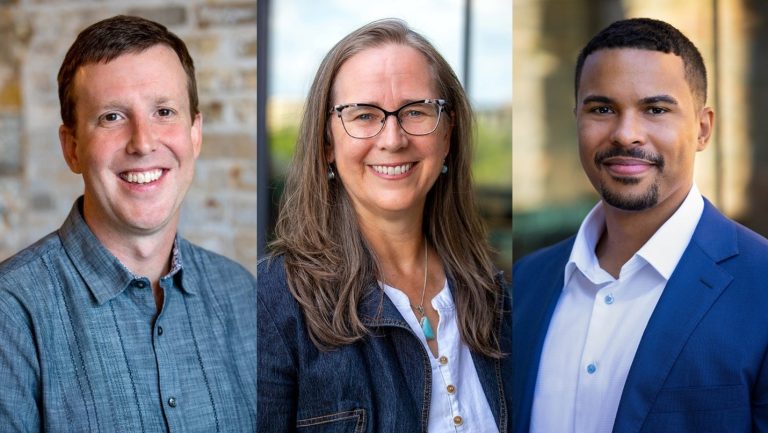
Like many states across the US, Minnesota has seen massive unemployment due to the Covid-19 pandemic, with close to 260,000 workers, nearly 10% of the labor force still filing for unemployment insurance in August 2020. In the wake of this crisis, Americans already know how they want their government to respond. According to recent polls, seven out of ten Americans want federal investment in jobs that support clean energy development. To address this need, momentum is building to create a $35 billion green bank at the federal level that would supply states with funding to invest in clean energy through the green bank model. The green bank model, which uses public funding to crowd in private investment to difficult-to-finance portions of the market, has been successfully deployed in over 12 states to finance over $5 billion in clean energy projects. By building on the past success of the green bank model and maximizing the current federal opportunity, Minnesota can create jobs, enable energy savings for Minnesotans regardless of their income or racial background, and fight the impacts of climate change.
This report provides a gap analysis of the current state of clean energy finance in Minnesota and presents the role a green bank could play in bridging those gaps to expand clean energy development across the state. Throughout the spring of 2020, the Coalition for Green Capital (CGC) met with over 35 stakeholders including developers, financiers, and clean energy experts in Minnesota to discuss gaps that prevent the state from realizing its full clean energy and energy efficiency potential. While gaps and solutions were identified across a number of sectors, this report will lay out some priority examples where a green bank could make the greatest impact.



